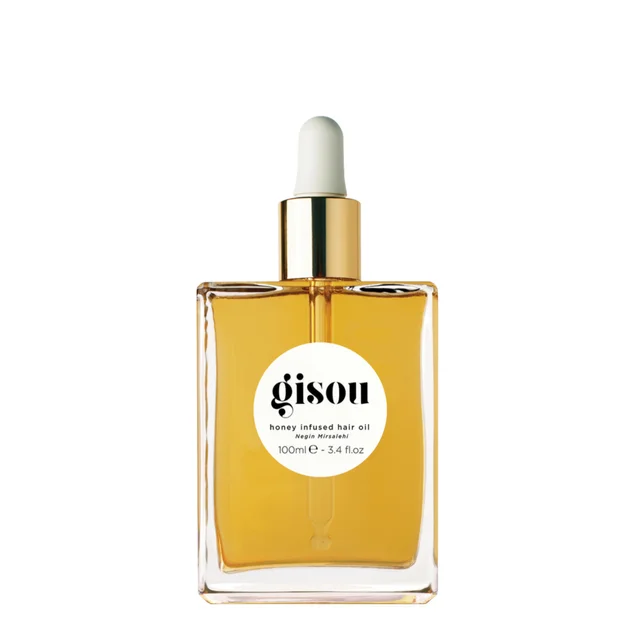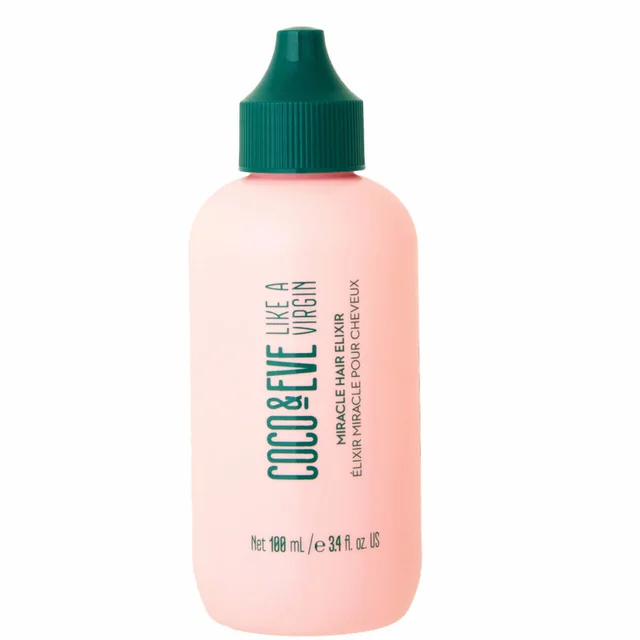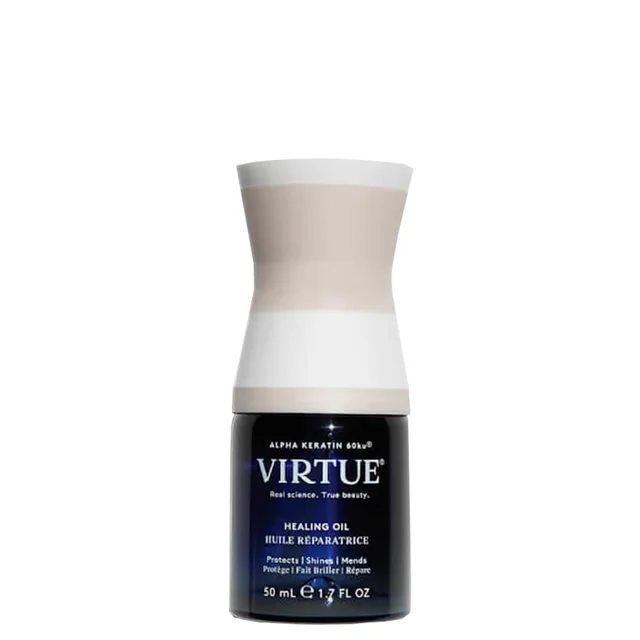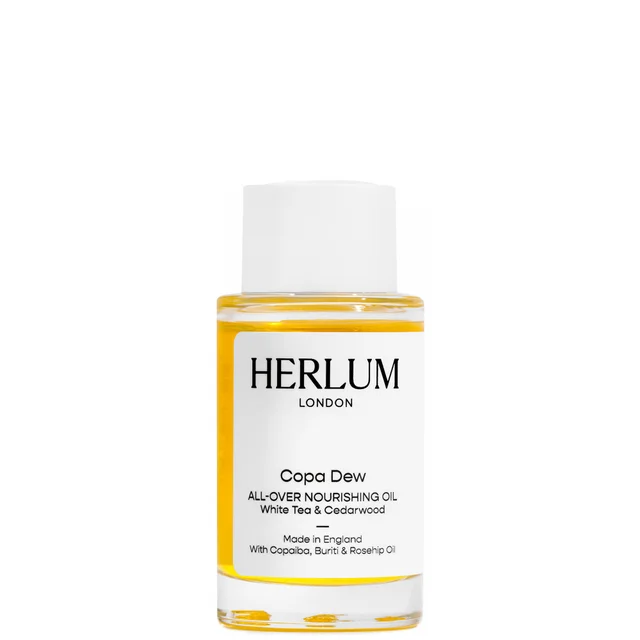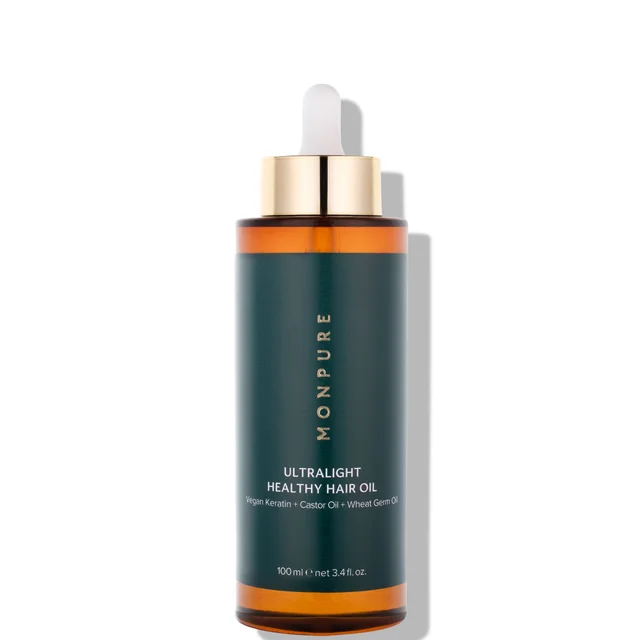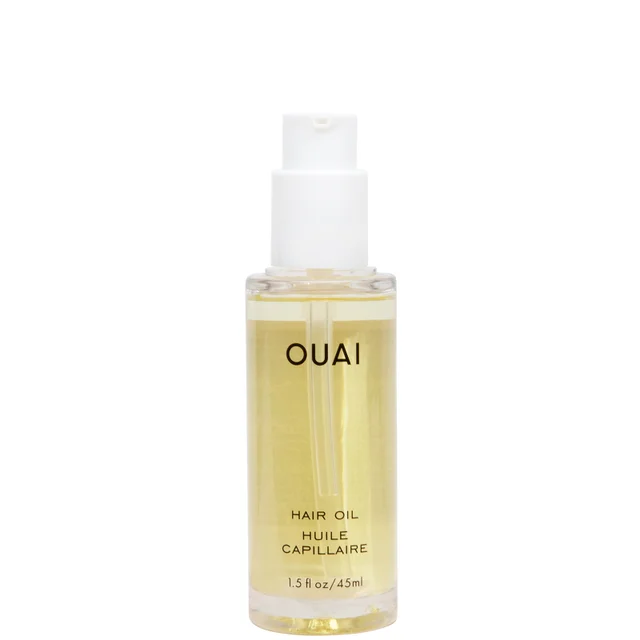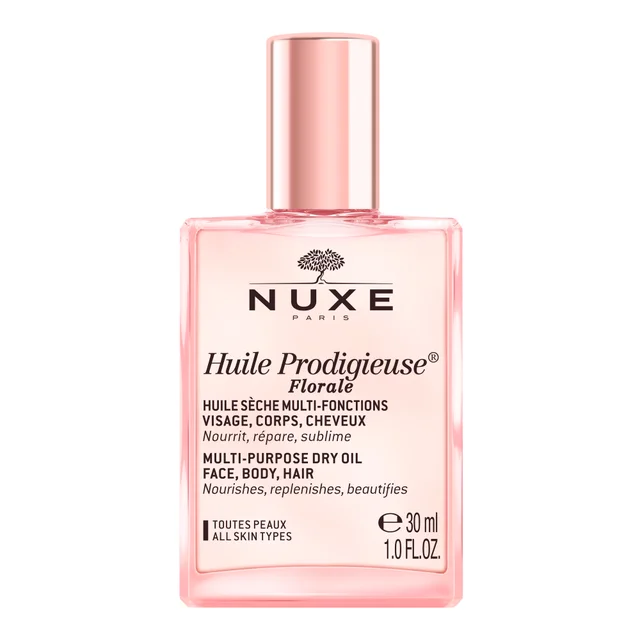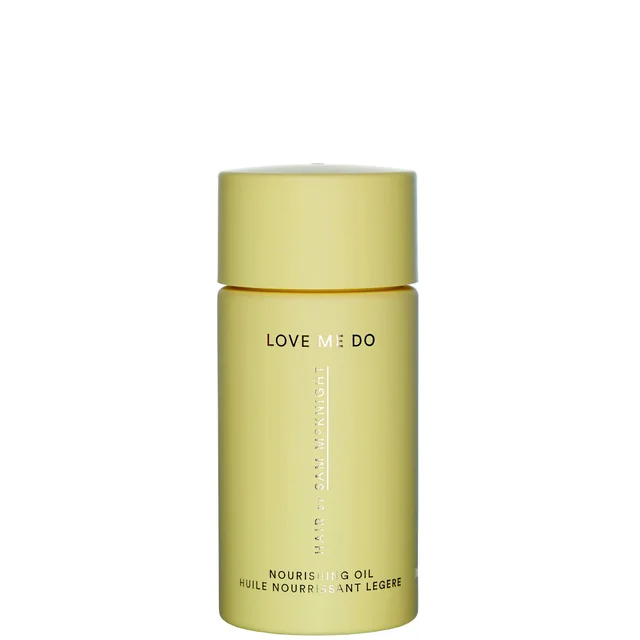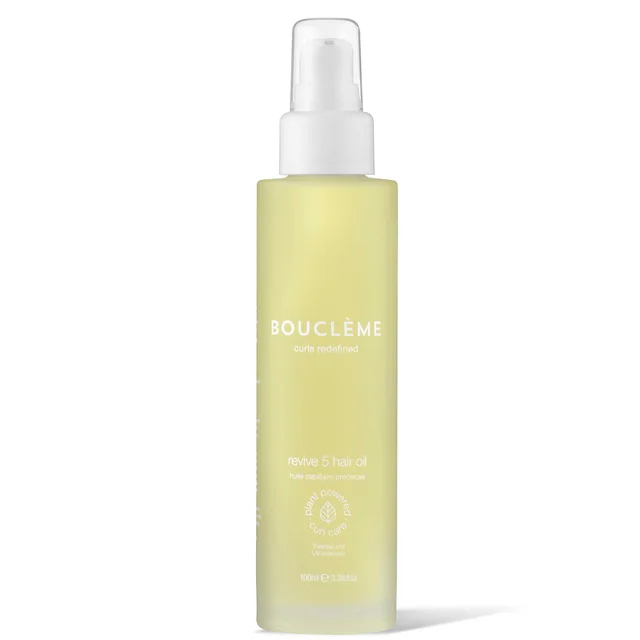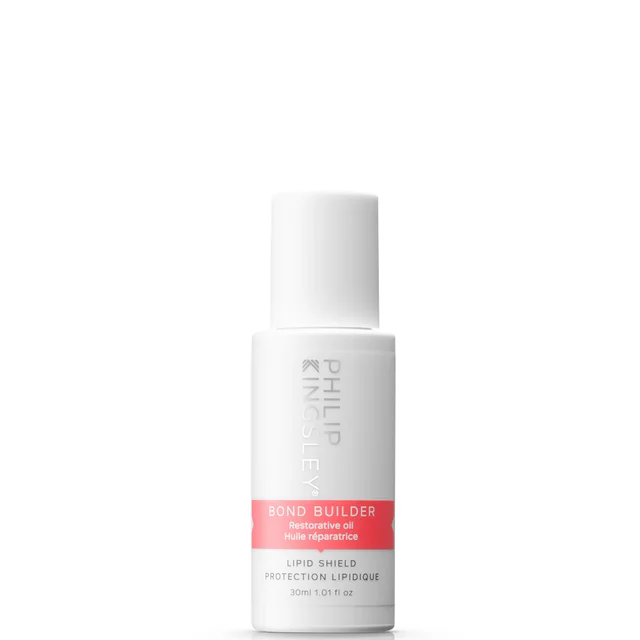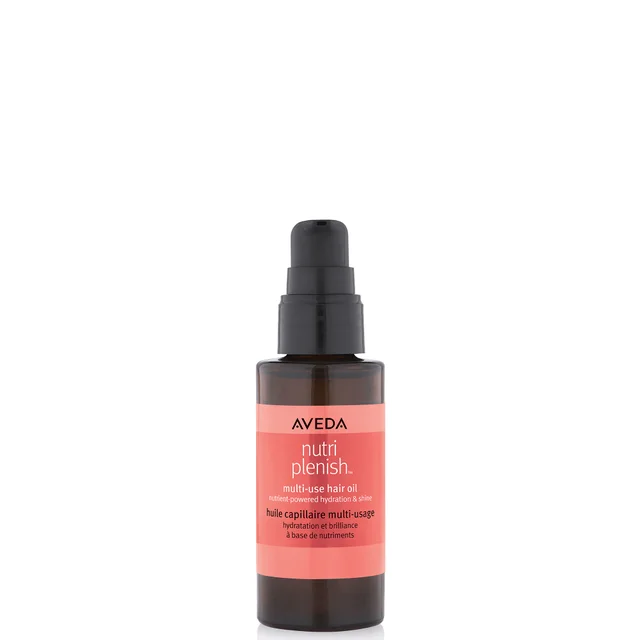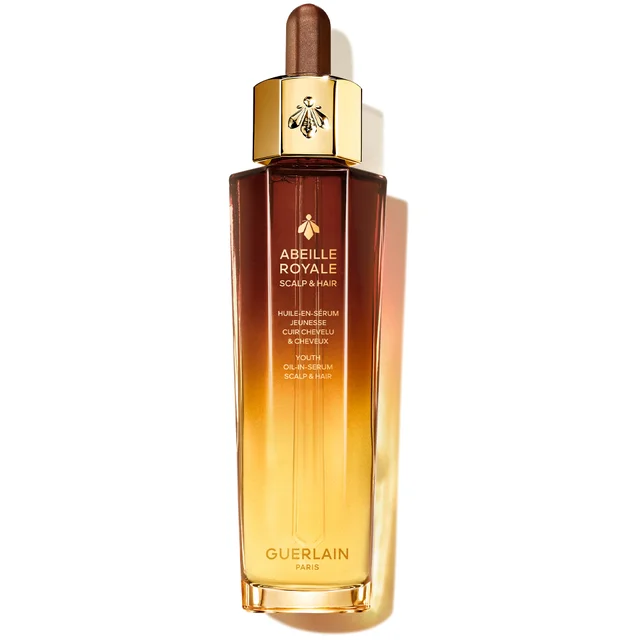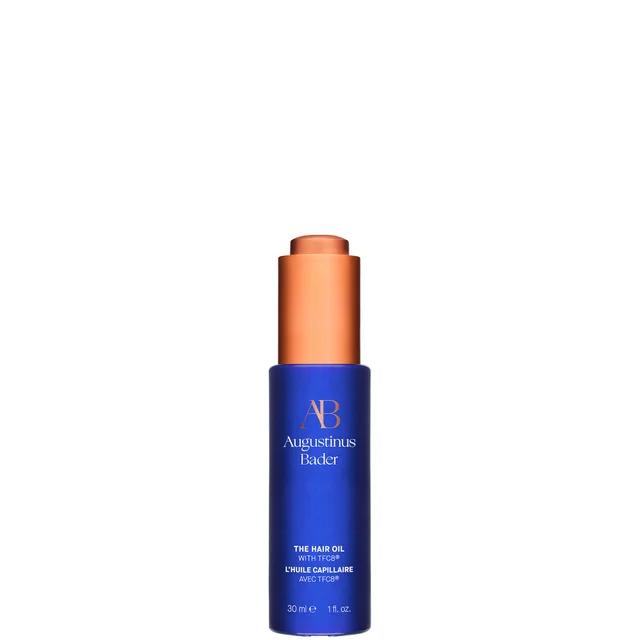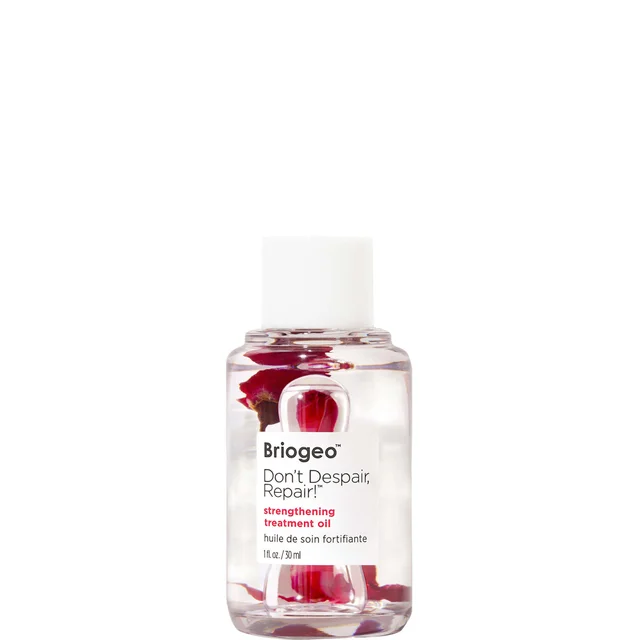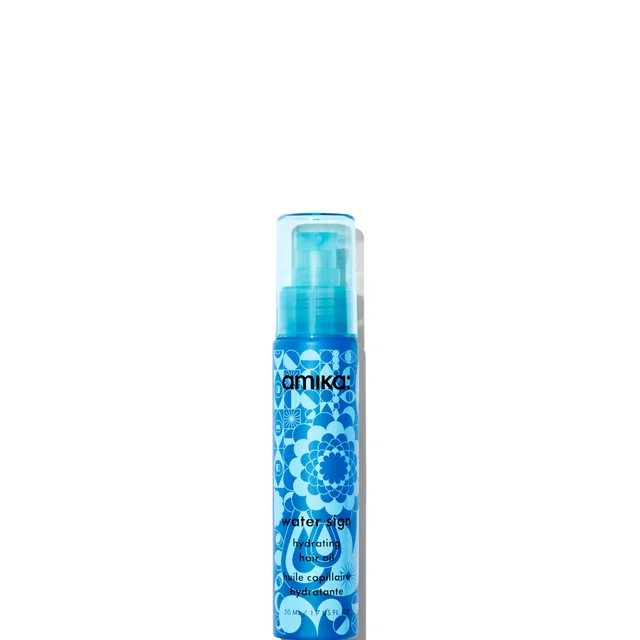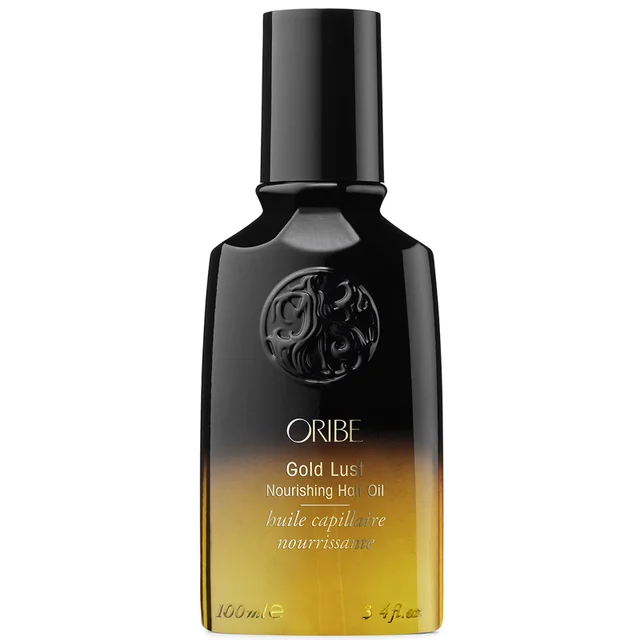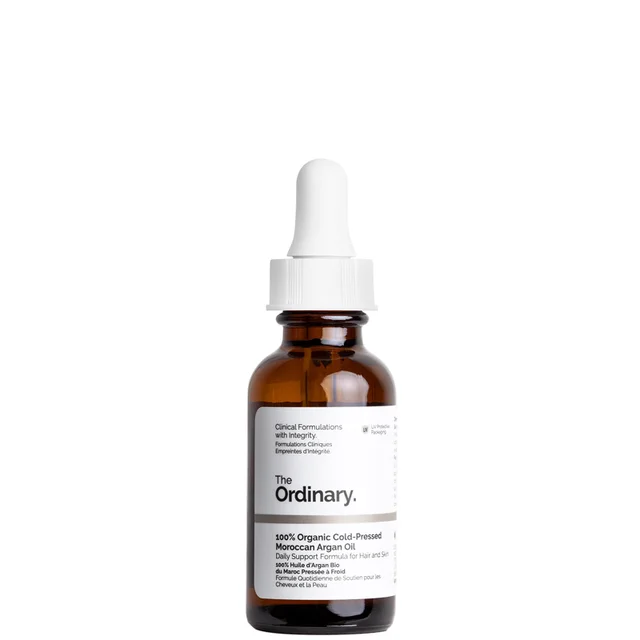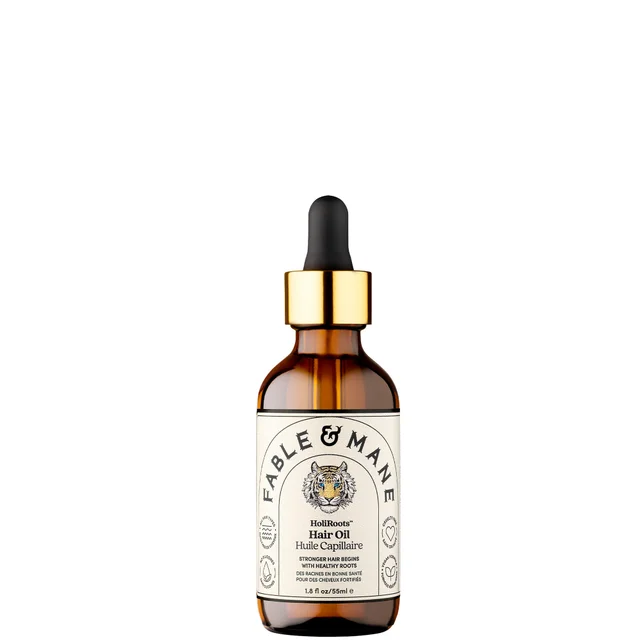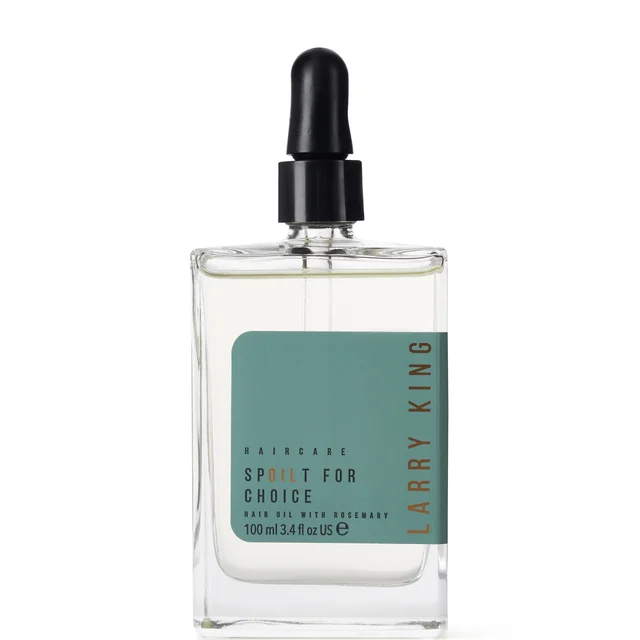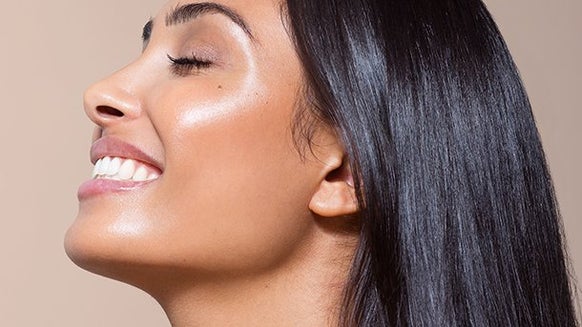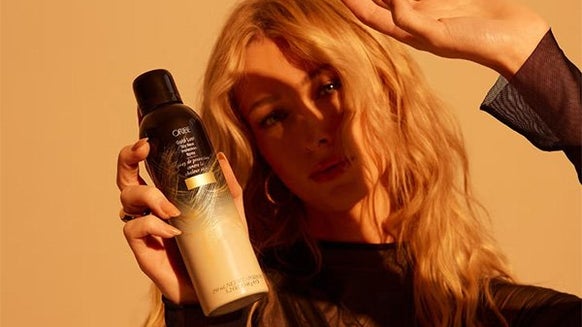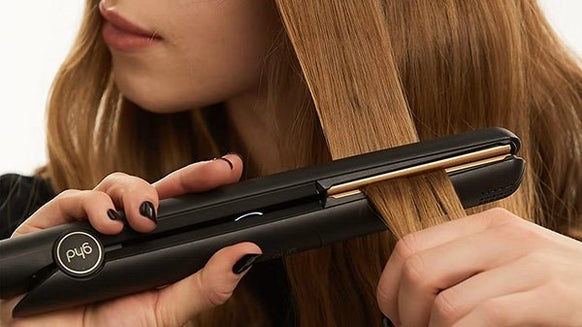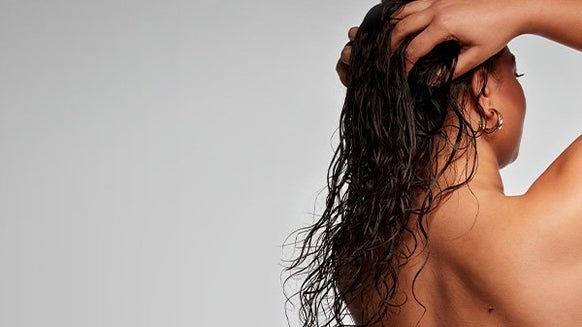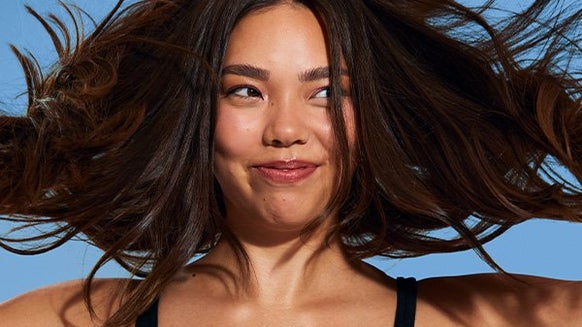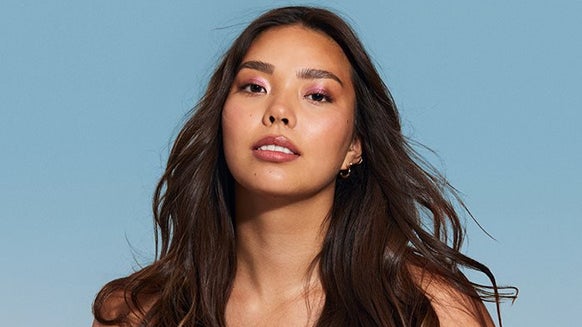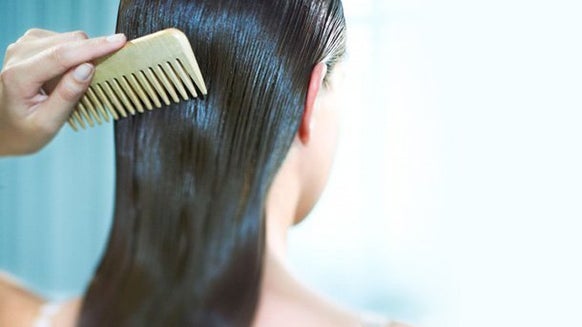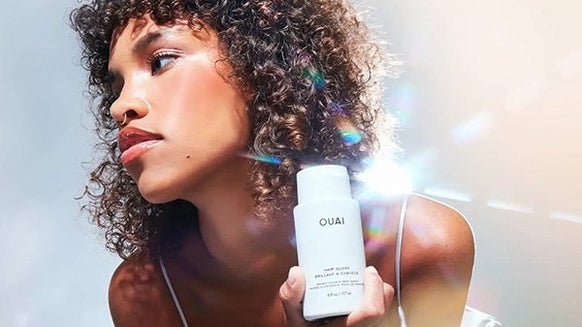Lazy Hairscaping, Liquid Hair and Butterfly Bobs… it can’t be denied that the hair care space introduces new and exciting trends daily. But there’s one timeless beauty hack that continues to withstand the test of time... Cue: Hair Oiling.
Passed down through generations and treated as a tried-and-true treatment in Ayurvedic tradition, Hair Oiling is the millennia-old (3,000 years to be exact) secret to stronger, smoother and shiner looking strands. Trickling its way back into the mainstream – with over 35 million TikTok views – it not only mane-tains hair health but brings lustre back to your locks.
Paying homage to the primeval practice, we’ve answered your most commonly asked questions to uncover everything from what Hair Oiling is, to the best hair oils and so much more...
WHAT IS HAIR OILING
A hair care remedy that’s been used in India for many centuries – and that comes highly recommended in Ayurvedictraditions – Hair Oiling is when you coat your strands with a thin layer of (you guessed it) hair oil and massage it into the scalp. Used to maintain the health and vibrancy of your locks, it not only increases your scalp’s moisture levels but adds some much-appreciated nourishment at the same time.
BENEFITS OF HAIR OILING
Strengthens strands:Hair Oiling increases the elasticity and the tensile strength of the hair, which means that it’s less prone to breakage.
Improves scalp health: when massaged into the scalp, the emollient acts as an exfoliator that replaces lipids that are typically lost when using chemical treatments or styling products. Plus, it brings nutrients straight to your scalp too.
Protects from heat damage: by coating each strand with a protective layer of oil, the treatment defends against heat damage.
Hydrates from root to tip: rich in fatty acids and vitamin E, hair oil can create a physical barrier around hair cells to prevent your tresses from losing moisture or looking dull and dry.
Shields against UV: featuring plant phenols – which naturally reflect the harmful effects of UV rays – hair oils can provide up to 30% more protection than bare hair, according to the National Library of Medicine.
BEST HAIR OIL TO USE
Now we know what Hair Oiling is and the benefits it brings to your lengths, let’s talk about which oil is best for you and your mane…
In short, different hair textures and concerns call for different treatments. The oil you use will depend on your hair’s specific needs as different formulas are filled with different vitamins. Keep scrolling to find your strands’ perfect match…
COCONUT OIL
As one of the most popular oils for Hair Oiling, coconut oil deeply conditions and acts as a natural heat protector. Suitable for all hair types, it’s powered by lauric acid (a type of fatty acid), to act as a hair protein that bonds your breakages and strengthens strands.
Best for: all hair types
SHOP ALL COCONUT OIL >>> ALMOND OIL
Enriched with vitamin E and omega-3 fatty acids, almond oil helps to reduce breakages and prevents overall damage. Slightly thicker than coconut oil, it’s ideal for oily scalps and straight strands. Melding vitamins B, K, E, and 7 (otherwise known as biotin), it restores lustre while sealing in moisture.
Best for: oily scalps and straight hair types
SHOP ALL ALMOND OIL >>> ROSEMARY OIL
Preventing hair follicles from drying out and splitting, rosemary oil is a go-to for fine hair. Renowned for improving keratin structures, it not only promotes growth but ensure your tresses shine bright and feel soft.
Best for: fine hair types
SHOP ALL ROSEMARY OIL >>> CASTOR OIL
Serving up the essential proteins that your locks are longing for, castor oil is a natural moisturiser that soothes irritated scalps, counteracts hair follicle inflammation and reduces the risk of dandruff and flaking.
Best for: dry, dull hair types or those with a sensitive scalp
SHOP ALL CASTOR OIL >>> ARGAN OIL
Commonly referred to as Moroccan oil, argan oil is extracted from the kernels of its namesake tree and acts as a natural conditioner for your lengths. Softening, soothing and adding some serious shine, it fuses vitamin A, C and E with fatty acids to protect against split ends and day-to-day stressors (we’re talking everything from weather to pollution). What’s more, known for its lightweight yet deeply moisturising properties, it’s ideal for fine hair too.
Best for: damaged and fine hair types
SHOP ALL ARGAN OIL >>> JOJOBA OIL
A dandruff remedy for many, jojoba oil has a natural antifungal and antibacterial agent to reduce scalp redness, itchiness and flakiness. What’s more, rich in antioxidants, it also mimics the function of sebum – meaning it’s hydrating, conditioning and softens manes to ensure easy styling, making it ideal for those with curly, coily or textured tresses.
Best for: curly and textured hair types
SHOP ALL JOJOBA OIL >>> HOW TO HAIR OIL
For the main event, simply follow these five easy steps to allow your tress to thrive…
- Firstly, apply enough of your chosen oil that it covers your scalp and hair – starting from the ends and working your way up. The trick here is to not saturate your tresses. If it's dripping or showing up on your pillow, then it’s too much. We suggest applying a thin layer that coats each length.
- Next, massage in the formula with fingertips using a circular motion.
- Then, apply the oil left on your palms to your hair.
- Follow by covering your head with a towel or shower cap and leave on overnight for it to soak in the goodness.
- The next day, shampoo hair while dry and rinse thoroughly.
- Finally condition your locks and style as normal.
HAIR OILING FAQS
How often should oil your hair?
We suggest oiling at least twice a week. Do this the night before you plan to wash your hair or, if leaving oil on overnight isn't possible, you can oil your hair and wrap it in a hot towel for an hour before you shower. This will extract nutrition from the oil in a shorter time frame.
How to remove oil from hair after oiling?
It’s as easy as washing your hair with your go-to shampoo not once, but twice. This is the best way to cleanse your scalp and remove excess oil from your treatment. It also ensures you get the most out of oil treatments without over-stripping your hair and causing damage.
Is overnight oiling good for hair?
Yes, using oils in your hair overnight is good for your hair, and can offer various benefits, such as hydration, nourishment and soothing irritated scalps.
So, there you have it; now you know the ins and outs of Hair Oiling, all that’s left to do is introduce your tresses to the timeless treatment and unlock shiniest strands yet…
SHOP ALL HAIR OILS >>> 
